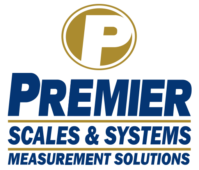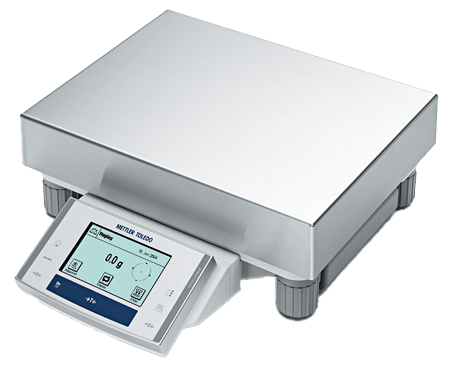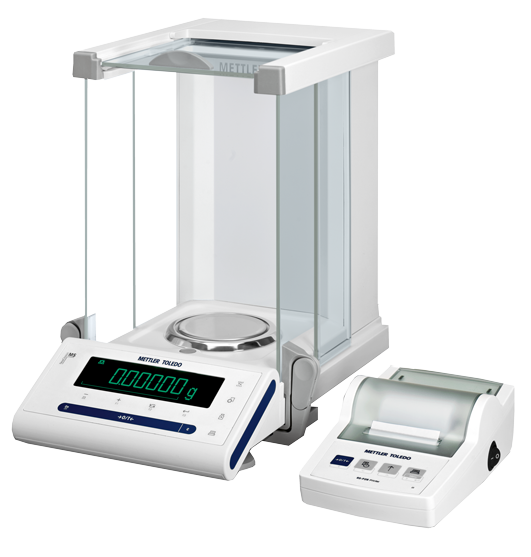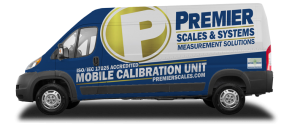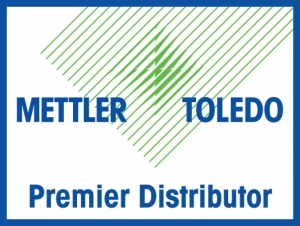Cost of Ownership Considerations
In the world of business, precision is not just a luxury; it’s a necessity. This is especially true when it comes to measuring and weighing products, where accuracy can directly impact profitability and compliance. Scales, from industrial floor models to sophisticated digital lab balances, play a pivotal role in this equation. However, the initial purchase price of a scale is just the tip of the iceberg. To truly understand its value, one must understand cost of ownership over its lifecycle. This guide delves into the factors that contribute to the TCO (total cost of) of scales, offering insights for businesses looking to make informed investments in their weighing equipment.
Initial Purchase Price
The upfront cost is often the most obvious expense associated with acquiring a new scale. Prices can vary widely depending on the type of scale, its capacity, precision, and additional features. While it might be tempting to opt for the least expensive option, quality and reliability should guide your purchase decision to avoid higher costs down the line. Choosing the cheapest scale might be first in mind when selecting a scale but, keep in mind cheaper scales have their pitfalls as well in regards to getting replacement parts or service performed. Most of the time when purchasing a cheaper scale a whole replacement of the unit will be needed as opposed to a more trusted brand where replacement parts are readily available.
Calibration and Maintenance
Regular calibration and maintenance are critical to ensure a scale’s accuracy and longevity. The cost and frequency of these services can significantly affect the TCO. Some scales require professional calibration every few months, while others have simpler needs. Additionally, the environment in which the scale is used can influence maintenance schedules and costs; harsher conditions necessitate more frequent servicing. Conditions that can contribute to inaccurate calibrations are things such as the scale getting banged around frequently, harsh climate conditions such as extreme heat or cold or even being exposed to liquids could all be sources of inaccurate calibration. The use of calibration schedules can minimize such issues resulting in less downtime or costly fines.
Repair and Parts Replacement
Wear and tear is inevitable, and scales are no exception. The cost of parts and labor for repairs can add up, particularly for high-precision or specialized equipment. Investing in a scale with readily available replacement parts and a reputation for durability can mitigate these expenses. Something to keep in mind is that by trying to save money on a cheaper scale can actually cost money down the road. Cheaper scales tend to lack replacement parts and usually involves the purchase of a whole new scale.
Operational Costs
Operational costs include the power required to run the scale and any consumables it might use. While these expenses are generally minimal for most scales, they can accumulate over time, particularly for equipment that is used continuously or requires a significant amount of power. Keeping factors like this in mind is key for understanding cost of ownership.
Training and Downtime
The complexity of a scale might necessitate specialized training for staff, which represents an indirect cost. Furthermore, any downtime due to scale malfunction or maintenance can disrupt operations, leading to potential revenue loss. Choosing scales that are user-friendly and backed by responsive support services can minimize these costs. Also, using a trusted, long lasting brand usually have better training and support to boost learning and limit downtime. Being consistent in the brands used in your facility not only aids in training and cuts down on downtime, it also ensures all units have a similar user interface, boosting training times.
Compliance and Accuracy
For industries where compliance with regulations, such as NIST and ISO, the accuracy of a scale can have legal and financial implications. Non-compliance due to inaccurate measurements can result in fines and damage to a company’s reputation. Thus, the reliability of a scale becomes an integral component of its TCO.
Disposal and Environmental Impact
The end of a scale’s useful life brings disposal costs and environmental considerations. Some materials and components may require special handling or recycling. Opting for scales made from recyclable materials or from manufacturers with take-back programs can reduce these end-of-life costs.
Making an Informed Decision
When assessing the TCO of scales, it’s clear that looking beyond the sticker price is essential. By considering all aspects of ownership, businesses can make informed decisions that balance upfront costs with long-term value. Investing in high-quality, durable scales from reputable manufacturers can reduce TCO by minimizing the need for repairs, replacements, and adjustments.
Bottom Line
Remember, the cheapest option isn’t always the most cost-effective in the long run. By focusing on total cost of ownership, businesses can ensure their weighing operations contribute positively to their bottom line and operational efficiency.
